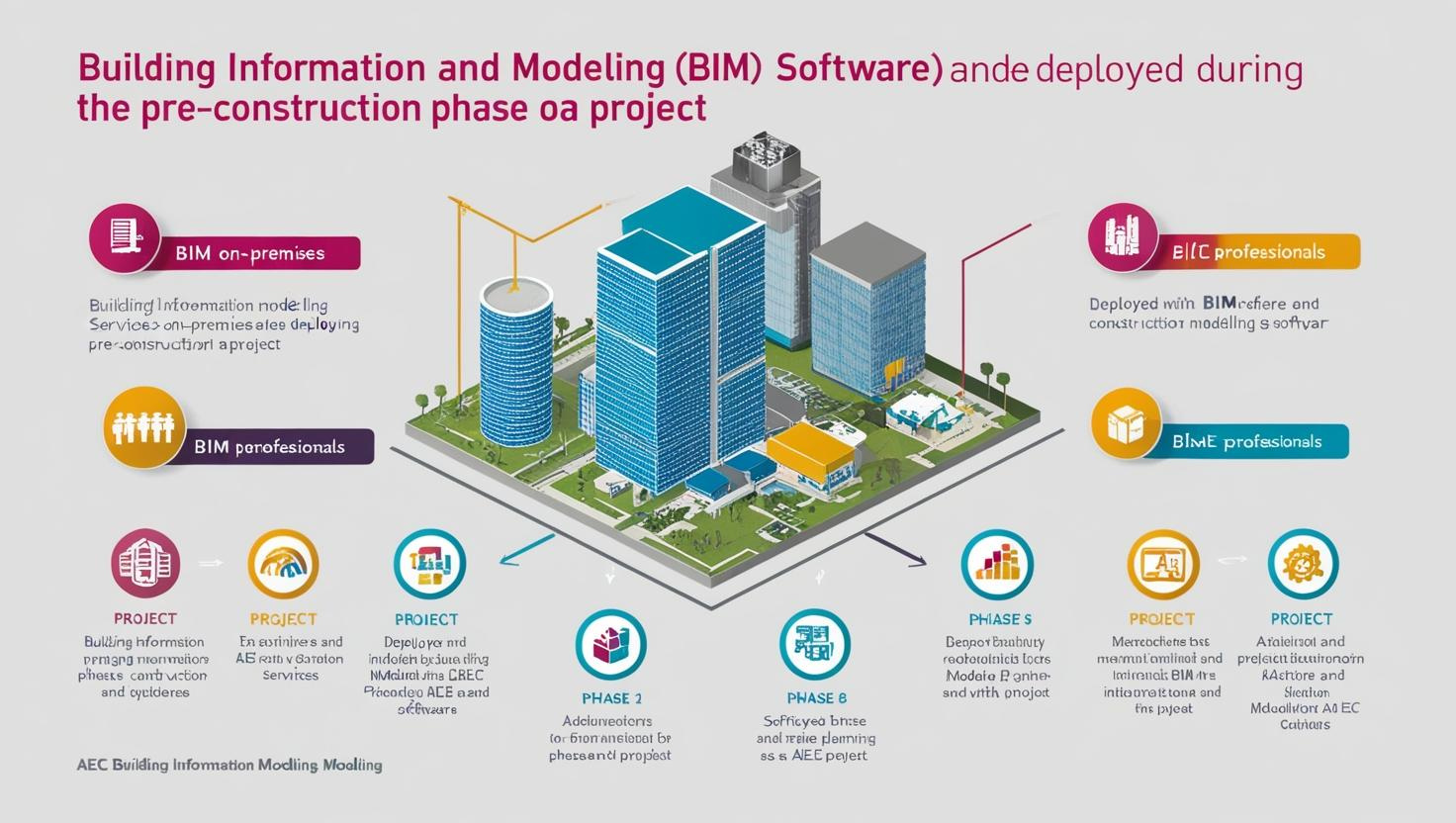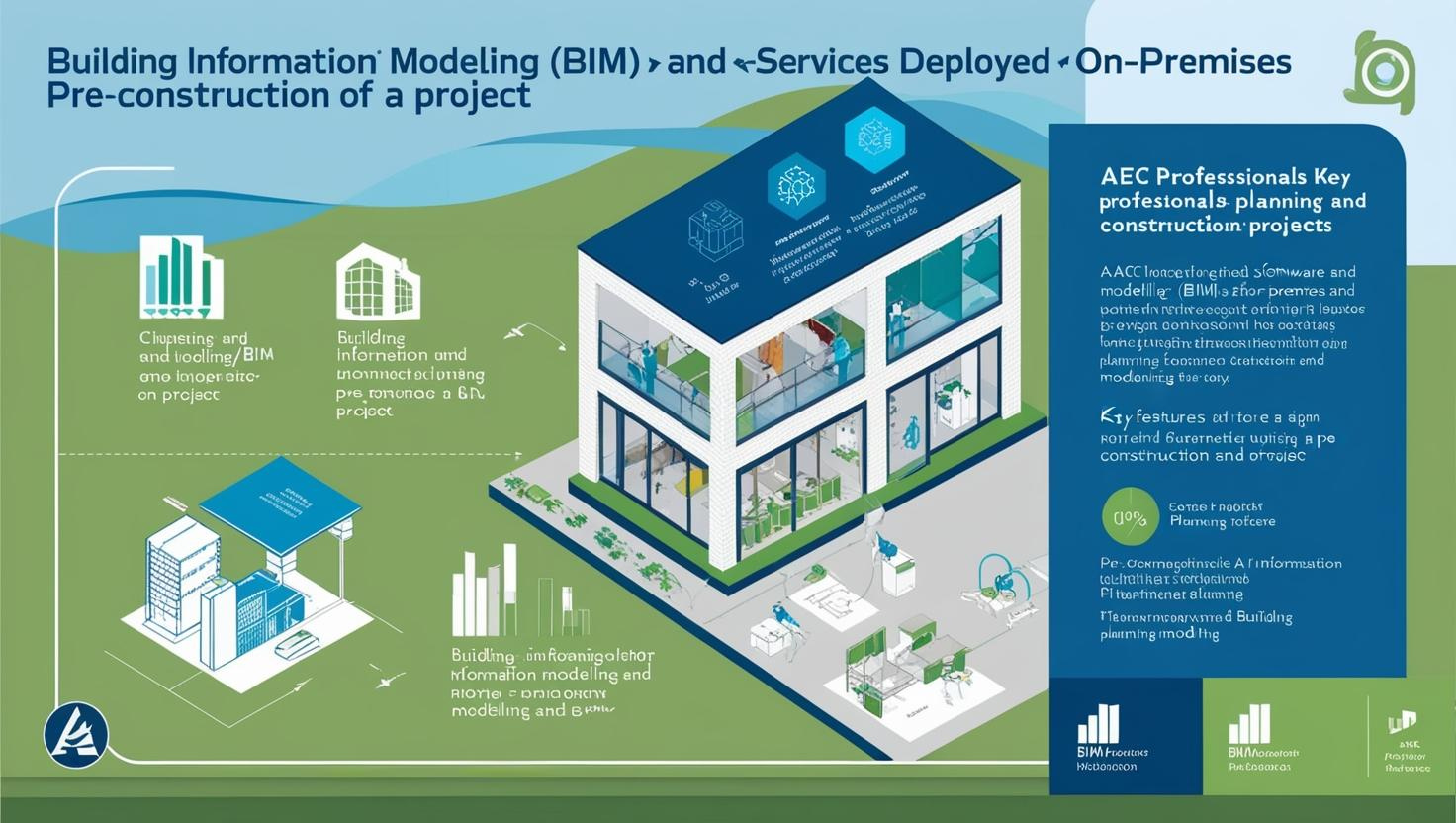Building Information Modeling (BIM) has revolutionized the construction industry by enhancing efficiency, reducing costs, and improving project collaboration. As the industry moves towards digital transformation, BIM has become a critical tool for architects, engineers, and construction professionals worldwide. With growing urbanization, increasing demand for sustainable construction, and advancements in technology, the BIM market is experiencing significant growth.
Download PDF Brochure @ https://www.marketsandmarkets.com/pdfdownloadNew.asp?id=95037387
Market Trends Driving BIM Adoption
Several key trends are shaping the growth of the global BIM market:
- Rapid Adoption of Cloud-Based BIM Solutions
The construction industry is embracing cloud-based BIM platforms for seamless collaboration among project stakeholders. Cloud solutions enable real-time data sharing, remote access to models, and improved project management. Companies like Autodesk, Bentley Systems, and Trimble are investing in cloud technology to provide scalable BIM solutions.
- Government Regulations and Mandates
Governments worldwide are making BIM adoption mandatory for public infrastructure projects. Countries such as the UK, the US, Germany, China, and India have introduced regulations that require BIM implementation to enhance transparency and efficiency in construction projects. This regulatory push is accelerating the market growth.
- Integration of AI, IoT, and Digital Twins
Artificial Intelligence (AI), the Internet of Things (IoT), and Digital Twin technology are transforming BIM. AI-driven predictive analytics improve decision-making, while IoT-enabled sensors collect real-time data to optimize building performance. Digital Twins create virtual replicas of physical structures, allowing for better monitoring and maintenance.
- Growing Demand for Sustainable and Green Buildings
Sustainability is a key driver in the BIM market, as it helps reduce waste, improve energy efficiency, and optimize building designs. Green building initiatives, such as LEED certification and net-zero energy projects, are increasing BIM adoption among developers focused on sustainability.
- Rise in Prefabrication and Modular Construction
BIM is playing a crucial role in prefabrication and modular construction by enabling precise design planning and reducing on-site errors. The ability to pre-visualize components before assembly enhances efficiency and lowers costs, making BIM an essential tool for off-site construction methods.
Market Growth and Future Projections
The Building Information Modeling Market size is projected to reach from USD 8.0 billion in 2024 to USD 14.8 billion by 2029; growing at a CAGR of 13.1% between 2024 to 2029.
Key Growth Drivers:
- Increasing demand for digitalization in construction
- Rising government initiatives for smart city projects
- Advancements in BIM software and AI-powered analytics
- Expansion of cloud-based BIM platforms
- Adoption of BIM in emerging economies
Regional Insights
- North America
The US and Canada are leading the BIM market due to high investment in smart infrastructure and early adoption of digital construction technologies. The region also benefits from strong government mandates for BIM implementation in public projects.
- Europe
The UK, Germany, and France are at the forefront of BIM adoption in Europe, supported by strict government regulations and the rise of smart city initiatives. The European construction industry is rapidly integrating BIM to enhance productivity and sustainability.
- Asia-Pacific
China, India, and Japan are witnessing rapid BIM adoption due to increasing urbanization, infrastructure development, and government support. The expansion of smart cities and growing construction activities are fueling the BIM market in this region.
Challenges and Opportunities
While BIM adoption is growing, the market faces challenges such as high implementation costs, lack of skilled professionals, and resistance to change in traditional construction firms. However, opportunities in AI-driven BIM, IoT integration, and growing prefabrication trends present significant growth potential.
The Building Information Modeling (BIM) market is on a strong growth trajectory, driven by digital transformation, government mandates, and sustainability initiatives. With the integration of cloud computing, AI, IoT, and Digital Twins, the future of BIM looks promising. As industries continue to embrace smart construction solutions, BIM will play an essential role in shaping the future of infrastructure and real estate development.


